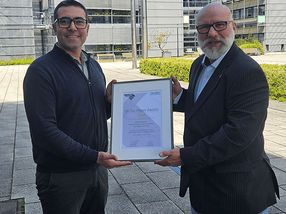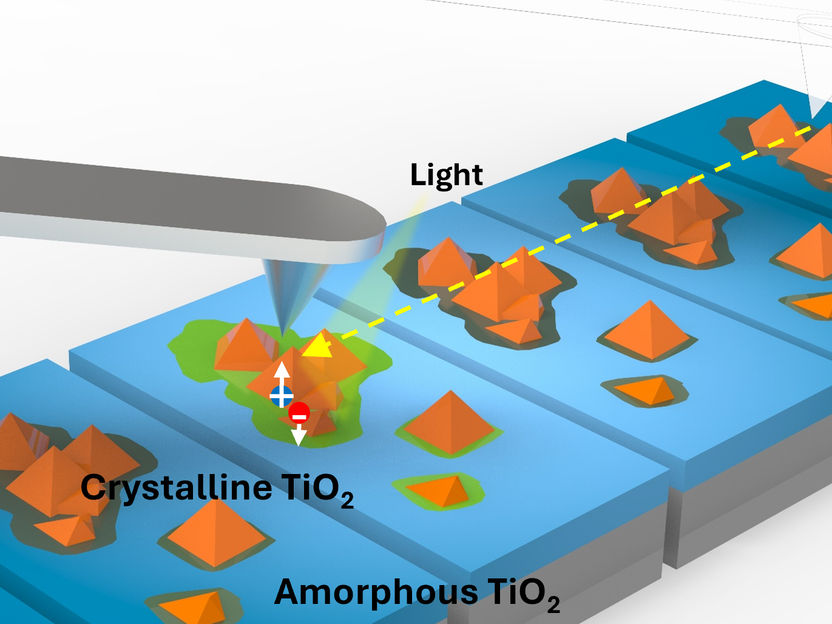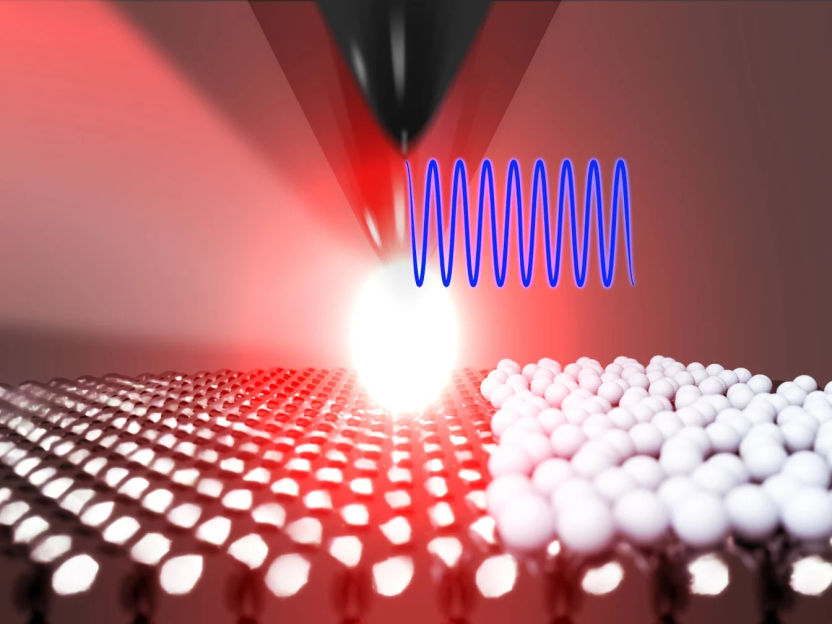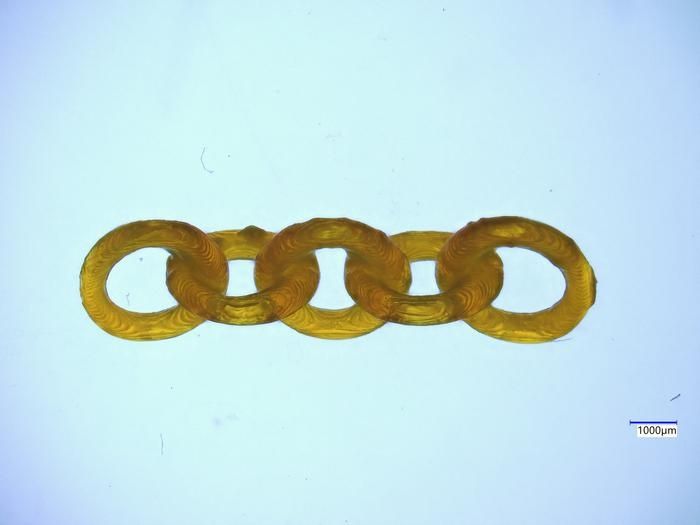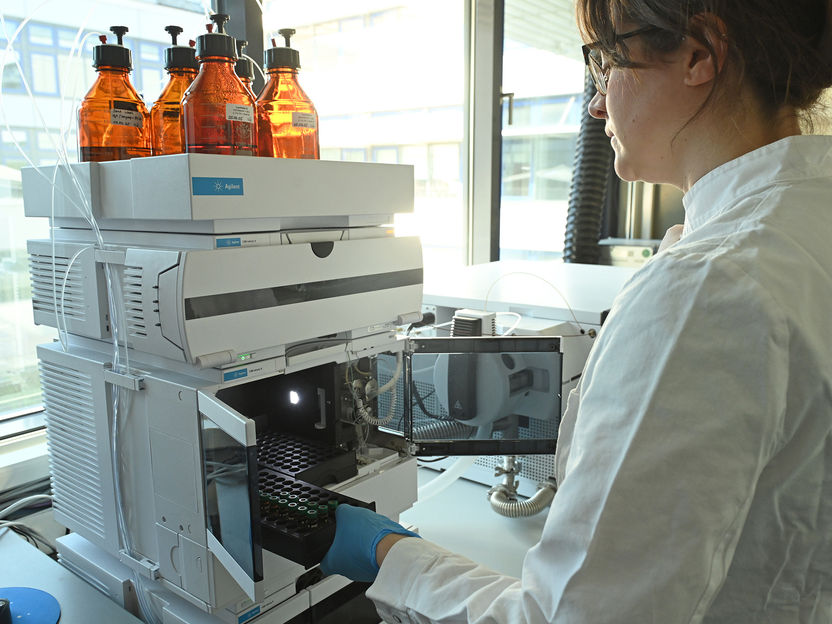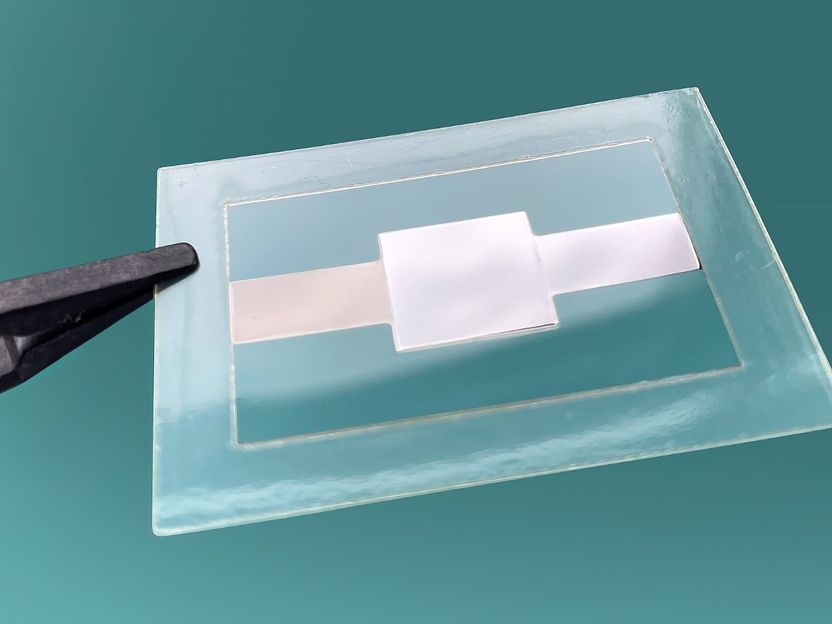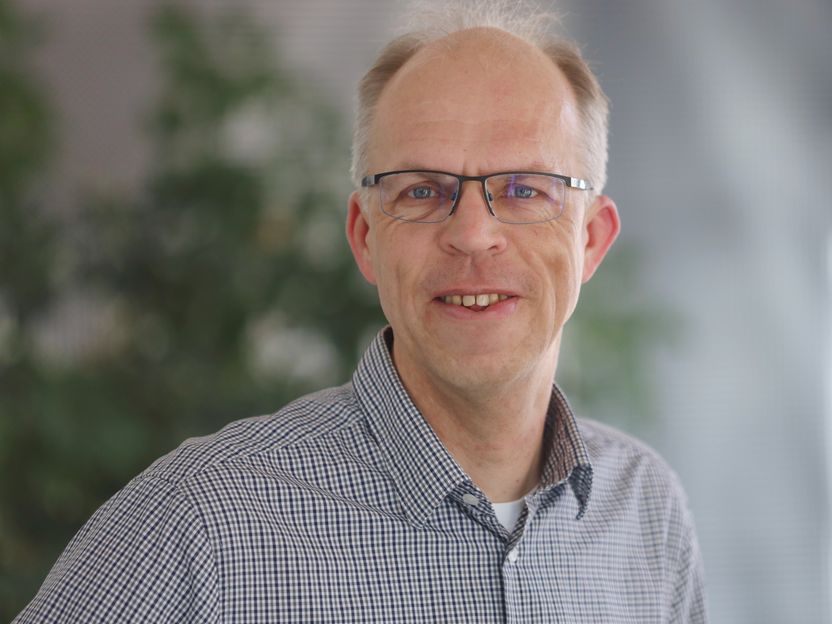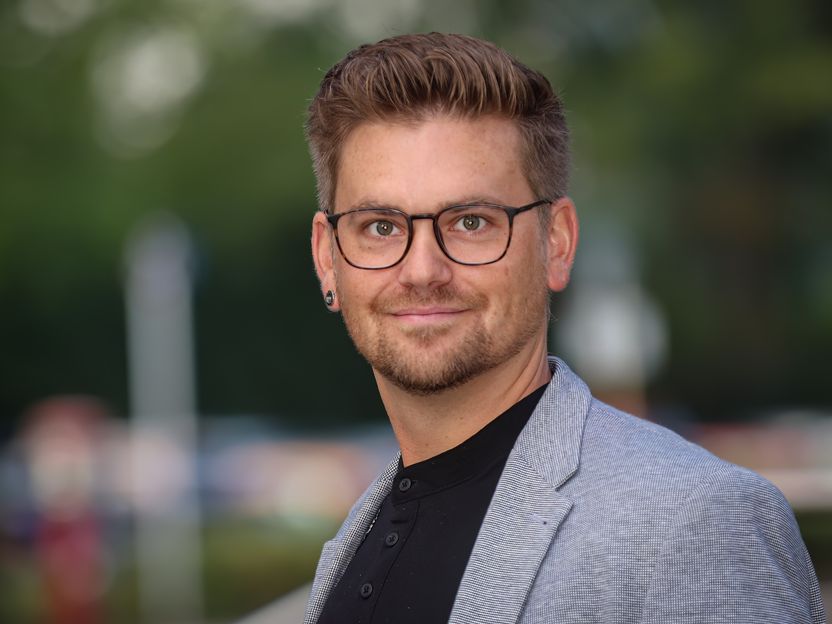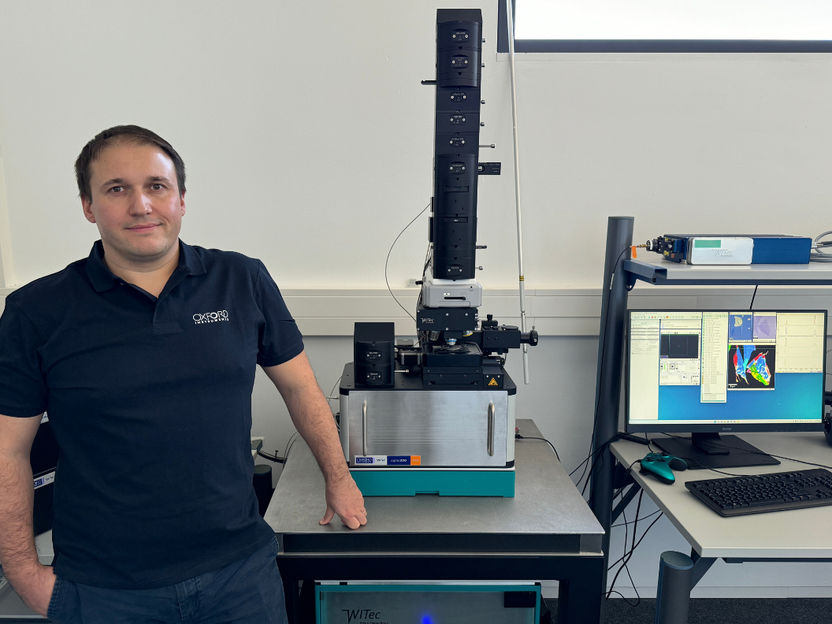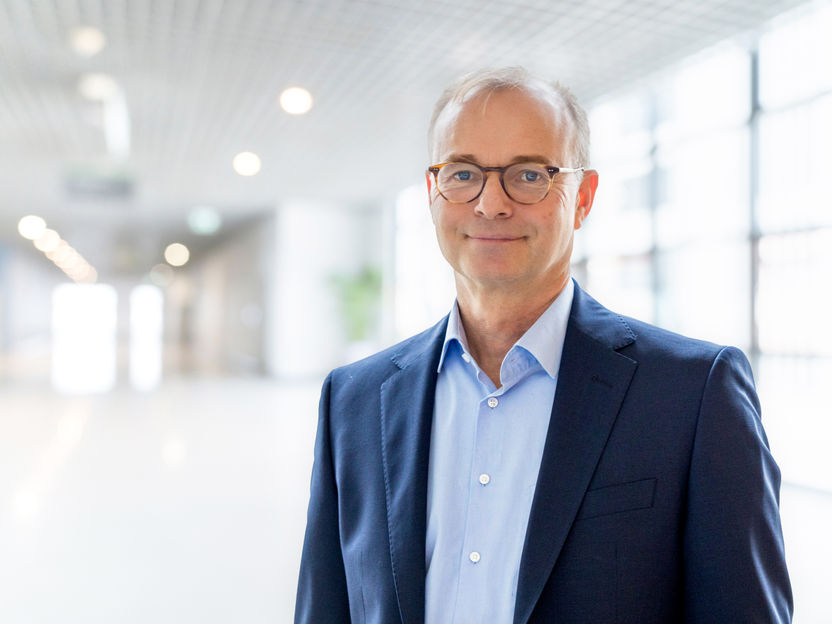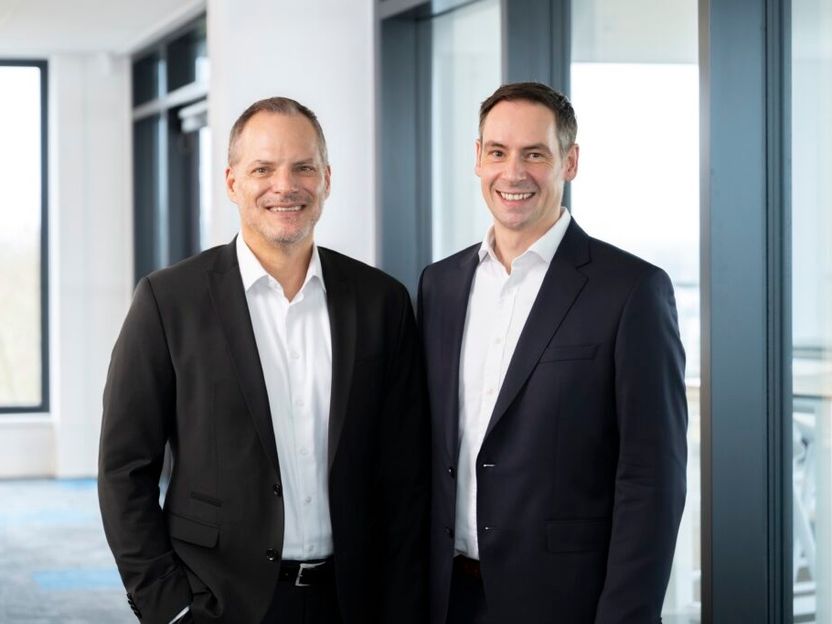How chemical bonds are formed: Observing energy flow in real time
Femtosecond spectroscopy makes chemical processes visible
A new method combines helium droplets with ultrashort laser pulses to initiate chemical processes in a controlled manner. This provides insights into the transfer of energy and charge during the formation of chemical bonds.
For the first time, a research team led by Markus Koch from the Institute of Experimental Physics at Graz University of Technology (TU Graz) has tracked in real time how individual atoms combine to form a cluster and which processes are involved. To achieve this, the researchers first isolated magnesium atoms using superfluid helium and then used a laser pulse to trigger the formation process. The researchers were able to observe this cluster formation and the involved energy transfer between individual atoms with a temporal resolution in the femtosecond range (1 femtosecond = 1 quadrillionth of a second). They recently published their findings in the journal Communications Chemistry.
“Nano-refrigerator” brings atoms into the starting position
“Normally, magnesium atoms instantaneously form tight bonds, which means that there is no defined starting configuration for observation of the bond-formation processes,” explains Markus Koch. The researchers have solved this problem, which often arises when observing chemical processes in real time, by conducting experiments with superfluid helium droplets. These droplets act like ultra-cold “nano-fridges” that isolate the individual magnesium atoms from each other at extremely low temperatures of 0.4 Kelvin (= -272.75 degrees Celsius or 0.4 degrees Celsius above absolute zero) at a distance of a millionth of a millimetre. “This configuration allowed us to initiate cluster formation with a laser pulse and track it precisely in real time,” explains Michael Stadlhofer, who carried out the experiments as part of his doctoral thesis.
Femtosecond spectroscopy makes chemical processes visible
The researchers observed the processes triggered by the laser pulse using photoelectron and photoion spectroscopy. While the magnesium atoms combined to form a cluster, they were ionised with a second laser pulse. Markus Koch and his colleagues were able to reconstruct the processes involved in detail on the basis of the ions formed and electrons released.
Atoms pool their energy
A key discovery here is energy pooling. As they bind to each other, several magnesium atoms transfer the excitation energy received from the first laser pulse to a single atom in the cluster, so that it reaches a much higher energy state. This is the first time that energy pooling has been demonstrated with time resolution.
Basic research with application potential
“We hope that this atomic separation inside helium droplets will also work for a larger class of elements and thus become a generally applicable method in basic research,” says Markus Koch. “In addition, the findings on energy pooling could be relevant for energy-transfer processes in various areas of application, for example in photomedicine or in the utilisation of solar energy.”
Original publication
Other news from the department science
Most read news
More news from our other portals
See the theme worlds for related content
Topic World Spectroscopy
Investigation with spectroscopy gives us unique insights into the composition and structure of materials. From UV-Vis spectroscopy to infrared and Raman spectroscopy to fluorescence and atomic absorption spectroscopy, spectroscopy offers us a wide range of analytical techniques to precisely characterize substances. Immerse yourself in the fascinating world of spectroscopy!

Topic World Spectroscopy
Investigation with spectroscopy gives us unique insights into the composition and structure of materials. From UV-Vis spectroscopy to infrared and Raman spectroscopy to fluorescence and atomic absorption spectroscopy, spectroscopy offers us a wide range of analytical techniques to precisely characterize substances. Immerse yourself in the fascinating world of spectroscopy!

















